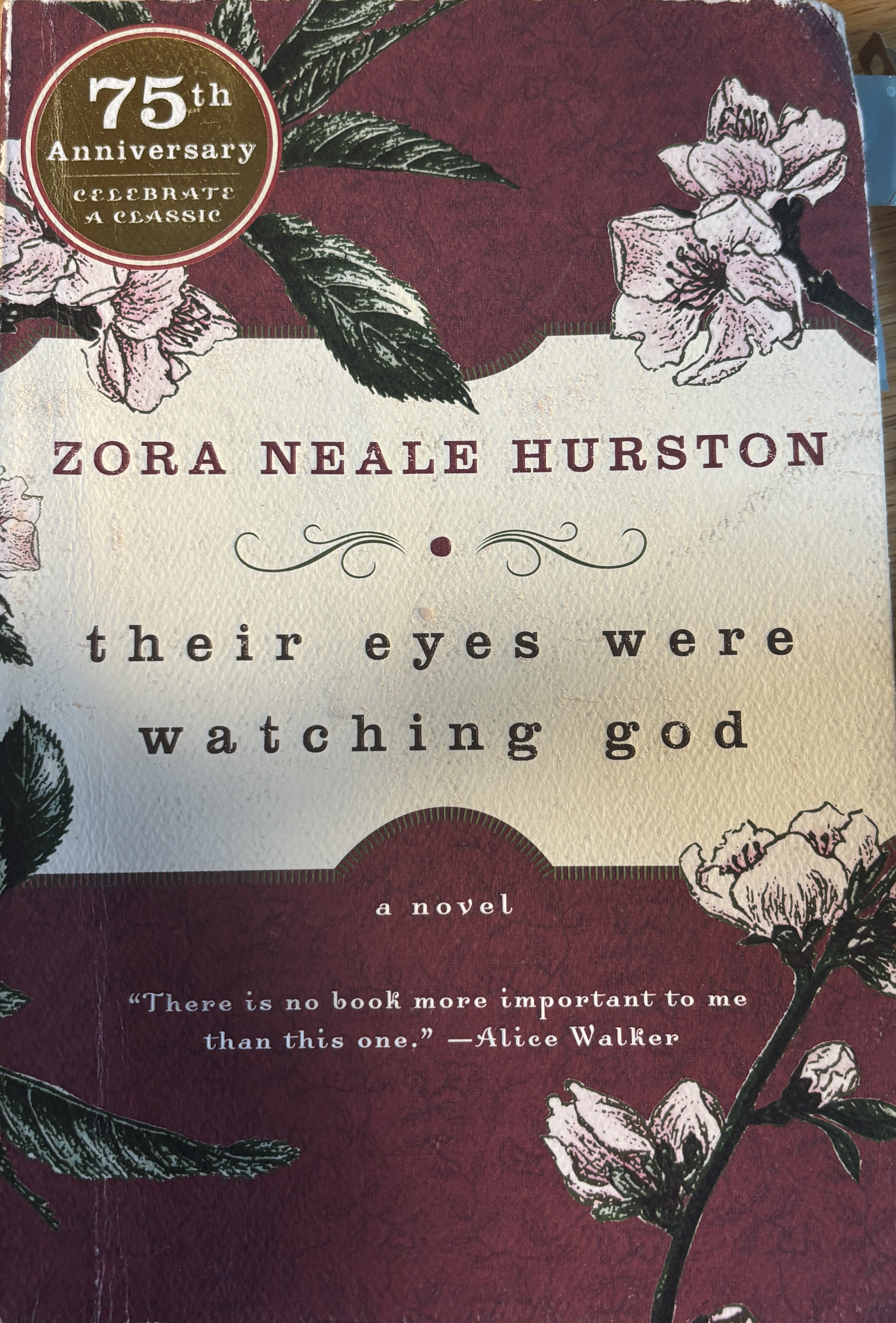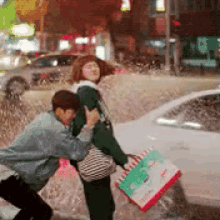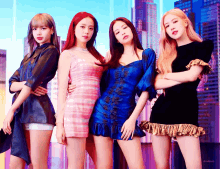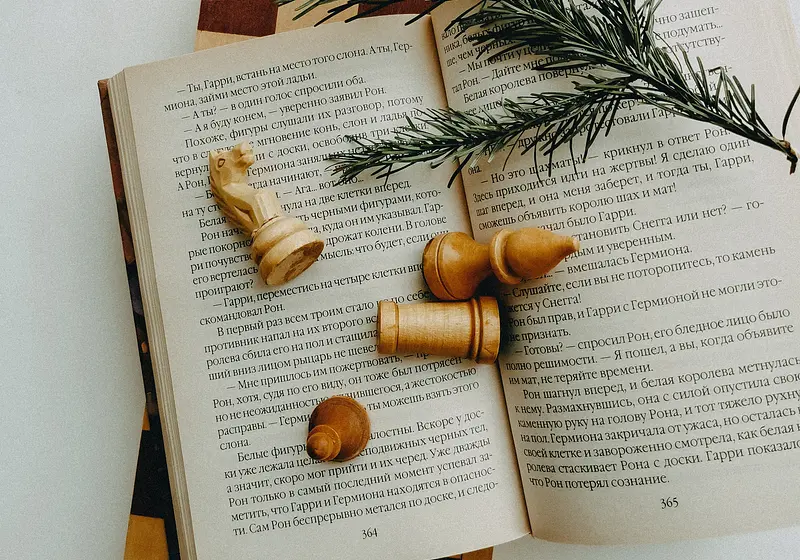Literature plays a vital role in unveiling and influencing how people think: a powerful tool for inciting social change. The works of literature outlined in this article consider, document, and warn of the consequences of gender inequality. Yet, they are also full of female resilience and pride. From Emily Dickinson to Roxane Gay, if you are looking for well-written reads that urge you to think deeply about these feminist topics, the books (and poems!) listed below are a great place to start!
1. The Handmaid’s Tale by Margaret Atwood
The Handmaid’s Tale is a classic dystopian novel poignantly warning of women’s roles in American society. The book was written during Phyllis Schlafly’s anti-feminist regime, which promoted a return to traditional gender roles in direct opposition to the Equal Rights Amendment.
Atwood has also commented on the relevance of the book during a Trump term in an article with the New York Times, which is exceedingly relevant in today’s world. Thus, The Handmaid's Tale’s importance persists throughout time, and so many of the feminist issues the book points out—such as bodily autonomy and objectification—continue to be just as central and contested today.

Photo courtesy of Sophia Zhou
Let us slide into your dms 🥰
Get notified of top trending articles like this one every week! (we won't spam you)2. Bad Feminist by Roxane Gay
Bad Feminist is a collection of essays on feminism. Gay offers a fresh, honest, and bold perspective on feminism, redefining what it may mean. Additionally, she talks about other aspects of identity and privilege, such as race, ethnicity, sexuality, and class, and their intersections with gender. In a meta way, she writes about the value of writing when it comes to feminism.

3. Their Eyes Were Watching God by Zora Neale Hurston
Their Eyes Were Watching God follows Janie, a young Black girl in 1920s Florida, on her path to independence and womanhood through a search for love and marriage. As she came to realize the harshness of society on Black women, she came to an understanding that she had to take control of her own life, lest she wanted to be controlled by everyone else’s ideals.
Though set during a different time, Hurston’s novel, and the feminist and racial commentary it makes, realistically portrays female independence and self-discovery, guiding young women, especially those from marginalized groups, on their own journey in a still largely patriarchal society.
Photo courtesy of Sophia Zhou
Take the Quiz: What Aesthetic Are You?
Let us find out your aesthetic for this summer!
4. Emily Dickinson Poems
Though not a book, Emily Dickinson’s poems are also works of feminist literature. While many of her poems have feminist themes, such as “They shut me up in Prose – (445)”, the act of writing poetry at a time when it was such a male-dominated field is already a deviation from the norm and an act of feminist rebellion on Dickinson’s side, granting feminist connotations to all of her poems.
Conclusion
Ultimately, pieces of literature grow and evolve with their audience. As times change, the implications of a piece change as well. A piece of literature's historical and social context can help the reader understand how it may have been essential and radical at the time of writing. At the same time, it reveals how, despite the original intentions of the authors of the books mentioned in this article, as readers, we can and should view them in the context of feminism and gender in today’s world, because only then can they—and we—extend beyond their historical relevance.
















